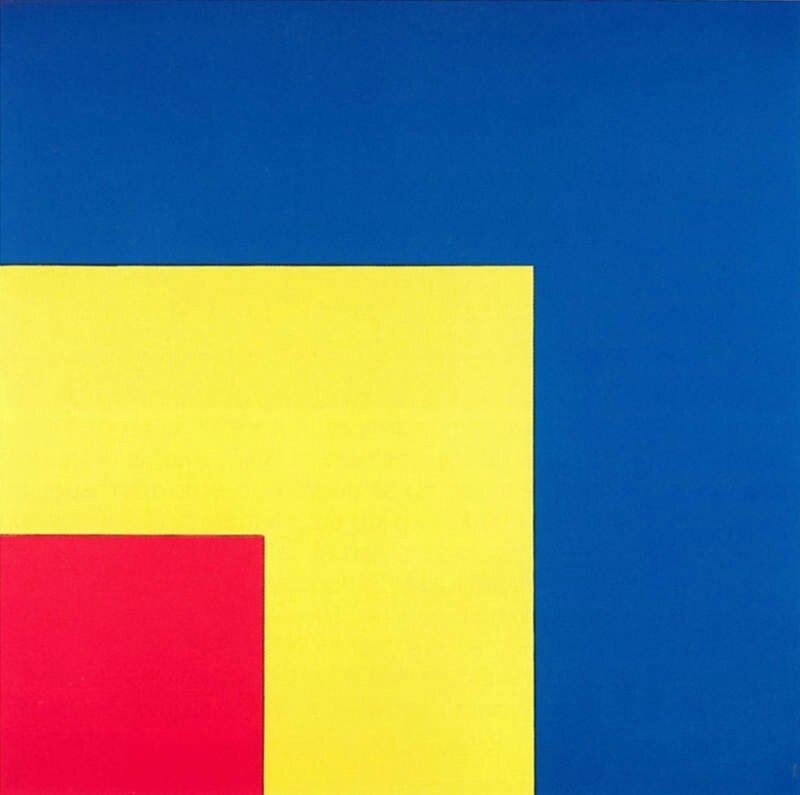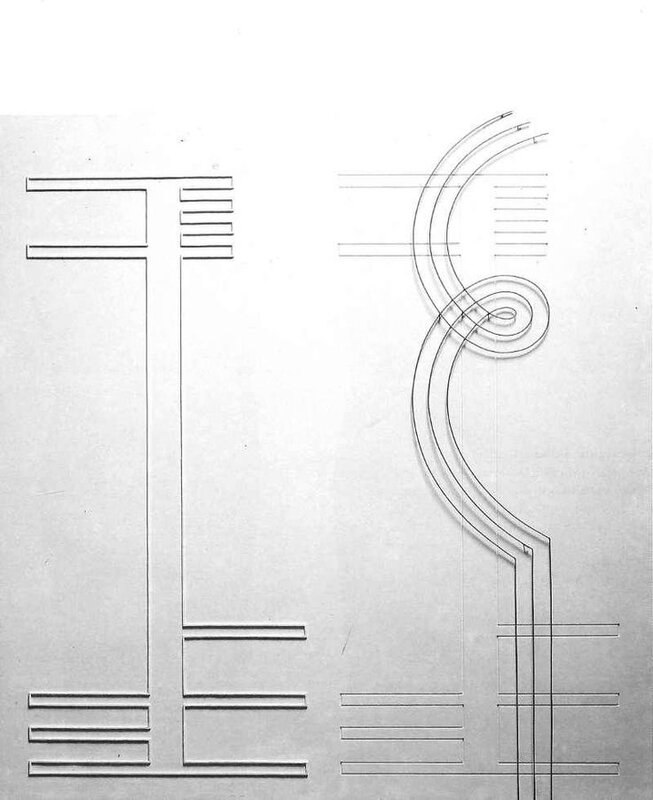Exhibition explores the omnipresence of universal proportions in art, science, music and architecture
Sandro Botticelli, "Portrait of a Woman", 1485, Private Collection, Brussels.
VENICE.- Proportio, an exhibition organised by the Axel & May Vervoordt Foundation and the Fondazione Musei Civici di Venezia opens this May to coincide with the 56th International Exhibition – La Biennale di Venezia. Curated by Axel Vervoordt and Daniela Ferretti and located in the imposing Palazzo Fortuny, the exhibition explores the omnipresence of universal proportions in art, science, music and architecture. Proportio follows the highly acclaimed exhibitions: Artempo (2007), In-finitum (2009) TRA (2011) and more recently Tàpies. Lo Sguardo dell’artista (2013).
Throughout the course of human history, the concept of proportions has been applied across civilisations. The knowledge of sacred geometry, and the golden ratio in particular, was considered highly advanced and closely linked to secretive spiritual wisdom and religious traditions. In the West, the knowledge of sacred geometry was intentionally guarded for hundreds of years and may have been purposefully forgotten or discarded.
Proportio aims to initiate a contemporary dialogue surrounding the lost knowledge of proportions and sacred geometry. The works of artists, scientists, architects, philosophers and other thinkers provides a contextual discourse which helps us understand how proportions can inform the essential design of life in the present and how we may use this knowledge to create a blueprint for the future. Proportio features specially commissioned works by leading artists such as Marina Abramovic, Bae Bien-U, Michael Borremans, Maurizio Donzelli, Riccardo De Marchi, Arthur Duff, Anish Kapoor and Izhar Patkin, which are exhibited alongside major works by Berlinde de Bruyckere, Luciano Fabro, Antony Gormley, Anselm Kiefer, Ellsworth Kelly, Sol Lewitt, Agnes Martin, Fausto Melotti, Mario Merz, Ad Ryman and Bill Viola, as well as a stunning selection of Egyptian artefacts, a series of Dutch Old Master architectural paintings, a splendid portrait by Botticelli and a monumental plaster model by Antonio Canova.
Ellsworth Kelly, "Red, Yellow, Blue," 1963. Collection Fondation Marguerite et Aimé Maeght, Saint Paul-de-Vence. Cliché Claude Germain, © Ellsworth Kelly
Five large architectural pavilions designed by Axel Vervoordt and architect Tatsuro Miki in collaboration with Jorgen Hempel and built using solely organic materials, transform the Sala Gondola on the ground floor of the Palazzo. Each pavilion is designed according to ‘sacred’ dimensions, providing a physical embodiment of proportional features for visitors to experience as they walk through the empty spaces.
The corridor behind the Sala Gondola presents a series of gigantic photographs of medieval cathedrals by Markus Brunetti in dialogue with a sculpture by Eduardo Chillida, a large sculpture by Renato Nicolodi, an imposing installation by Heinz Mack and a video by Susan Kleinberg, based on a statue of Kairos at the Louvre, where she has been working with the museum’s most potent microscope exploring ‘the cosmos in proportion to a small, but potent, indication of nature’.
Willemsz Pieter Van der Stock, Willem Cornelisz Duyster, "Elegant Figures in a Classical Colonaded Gallery", 1632, oil on canvas, 101 x 152 cm. Courtesy Rafael Valls ltd, London.
An installation and performance by Shuji Mukai's entitled “Space of Signs Selfie Studio" occupies the room leading to the upper level, examining how visitors experience artistic spaces in the age of ubiquitous self-representation and social media. The mezzanine level shows an unedited sculpture by Antony Gormley who claims that the body is itself the first form of architecture. This juxtaposed with a painting by Anselm Kiefer where the work, like in the cosmos, is always constructed, demolished and reconstructed. The Piano Nobile, or “Fortuny Floor”, is filled with a variety of architectural works by artists such as Erwin Heerich, Ilya and Emilia Kabakov, Richard Meier and a model by Le Corbusier. These sit amongst many forms of artistic investigations of proportions by minimalist artists and ZERO artists from the 20th century, juxtaposed with explorative architectural capriccios by Old Masters. This room also presents a large ‘ideal’ library with antiquarian editions of treatises by Vitruvius, Dürer, Alberti, Serlio, Palladio and others. Following this laboratory of proportional quests, the exhibition continues with a new video work by Hans Op de Beeck ‘Night Time (entended)’ and two ‘silent rooms’, the first containing works by Anish Kapoor placed in contrast with a splendid sculpture by Alberto Giacometti and the second, displaying Fred Sandback in combination with Raoul De Keyser and Brice Marden. The fourth room is dedicated to proportions in the body: a sculpture by Berlinde De Bruyckere, a newly commissioned work by Marta Dell’Angelo, a specially commissioned video by Kurt Ralske and a video piece by Henri Foucault all engage in this theme. The workshop of Mariano Fortuny with his original paintings on the wall presents his research on theatre models along with a work by Anne-Karin Furunes specifically conceived for the exhibition and a sculpture by Marisa Merz.
Fausto Melotti, "Sculpture n. 24", chalk, iron, 3 eg. + 1 pa. Museo del Novecento, Milan, Italy.
The second floor presents mainly white works by artists such as Ad Ryman, Agnes Martin, Kees Goudzwaard, Ann Veronica Janssens and Norio Imai along with a series of drawings by Massimo Bartolini, a sculpture by Lucia Bru and a mural drawing by Sol Lewitt. The annex rooms present a commission by the German Otto Boll and a neon work by Francesco Candeloro.
The top floor, with its wabi-pavilion, concentrates on proportions in the cosmos and intergalaxies, meditation and silence, featuring a work by Morandi, some Korean Tansaekwa works by artists such as Chang-Sup Chung, a work by Jef Verheyen and a Gutai painting by Kazuo Shiraga. For this floor, Marina Abramovic has created a site-specific sound installation ‘Ten thousand stars’, where the audience can embark, with headsets, on a sonic journey into the universe, facing the infinity of the night sky. The installation is also an open invitation to think about the unanswered questions of whether there is a higher purpose behind the order of things and proportions that regulate the universe, and how human beings locate themselves within this order.
Vincenzo Scamozzi, "The idea of universal architecture. Part One, Book I ", Venice, 1615, p. 32, Civic Museum Foundation of Venice - Library Mariano Fortuny.

/https%3A%2F%2Fprofilepics.canalblog.com%2Fprofilepics%2F1%2F0%2F100183.jpg)
/https%3A%2F%2Fstorage.canalblog.com%2F03%2F02%2F119589%2F96711876_o.jpg)
/https%3A%2F%2Fstorage.canalblog.com%2F11%2F31%2F119589%2F94773502_o.jpg)
/https%3A%2F%2Fstorage.canalblog.com%2F20%2F83%2F119589%2F94772815_o.jpg)
/https%3A%2F%2Fstorage.canalblog.com%2F26%2F72%2F119589%2F75604929_o.jpg)
/https%3A%2F%2Fstorage.canalblog.com%2F59%2F60%2F119589%2F26458628_o.jpg)







/http%3A%2F%2Fstorage.canalblog.com%2F75%2F70%2F119589%2F122471526.jpg)
/http%3A%2F%2Fstorage.canalblog.com%2F45%2F38%2F119589%2F121077246_o.jpg)
/http%3A%2F%2Fstorage.canalblog.com%2F39%2F89%2F119589%2F92705943_o.jpg)
/http%3A%2F%2Fstorage.canalblog.com%2F27%2F78%2F119589%2F129780865_o.jpg)